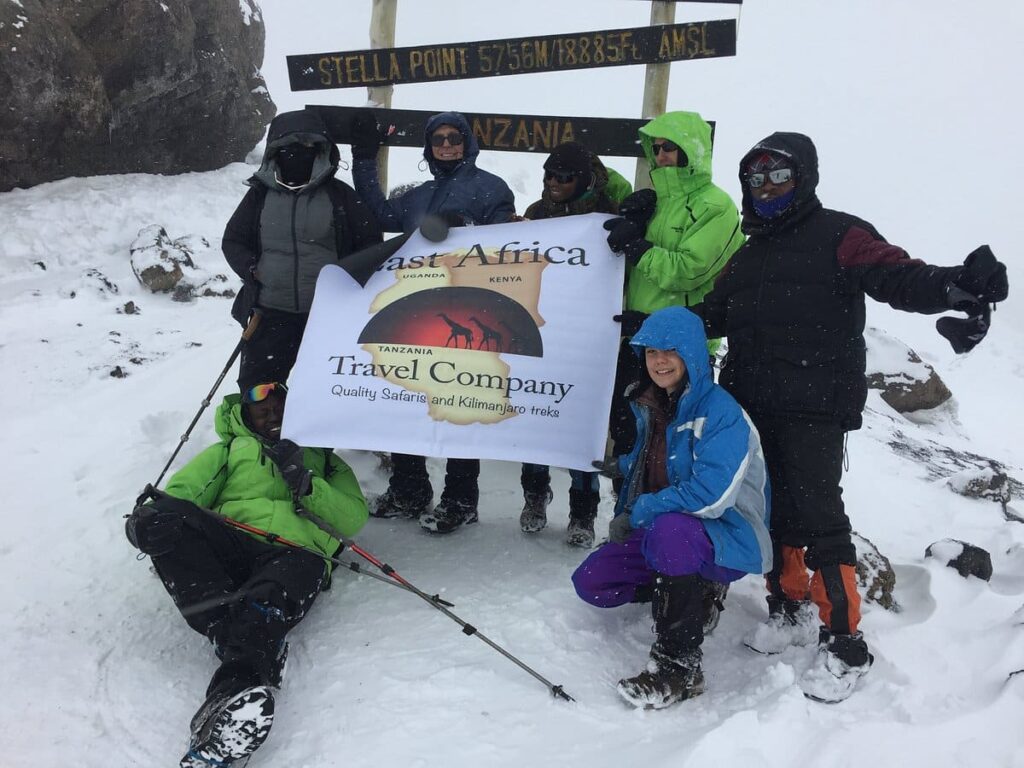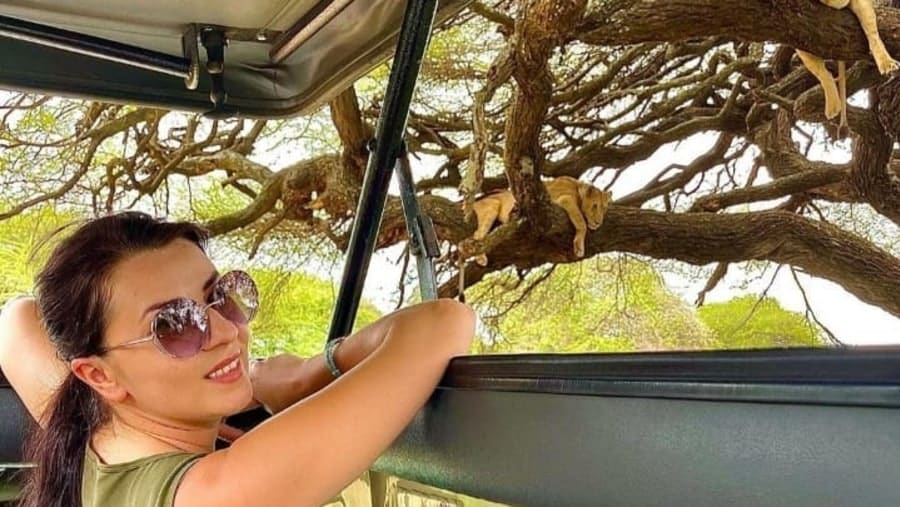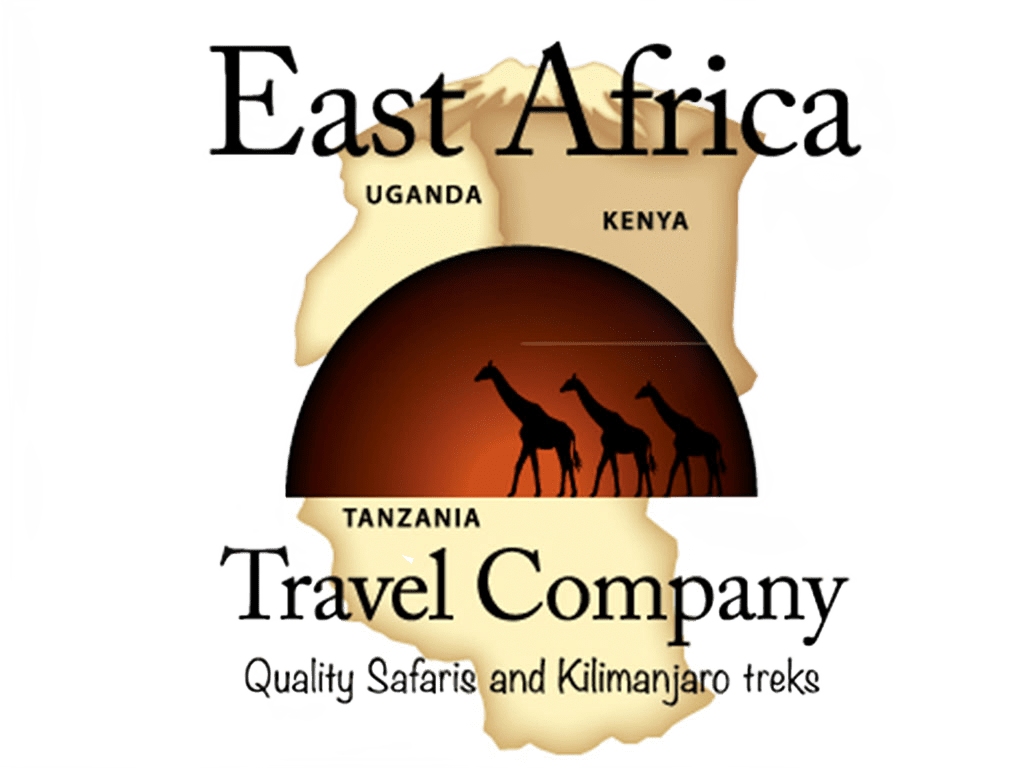Kilimanjaro in Tanzania: Discover 10 astonishing facts about Kilimanjaro in Tanzania that will inspire your adventure. From its diverse landscapes to cultural insights, find out why this iconic mountain is a must-visit for every adventurer.



Kilimanjaro in Tanzania
Introduction
Kilimanjaro, the highest mountain in Africa, stands majestically in Tanzania, beckoning adventurers from around the world. This iconic peak, rising 5,895 meters above sea level, is not just a challenge for climbers but a symbol of natural beauty and cultural significance. Every year, thousands of trekkers attempt to reach its snow-capped summit, drawn by the promise of breathtaking views and personal accomplishment.
Geographical Information
Kilimanjaro is situated in northeastern Tanzania, close to the Kenyan border. It consists of three volcanic cones: Kibo, Mawenzi, and Shira. Uhuru Peak, located on Kibo, is the highest point in Africa. The mountain’s unique climatic zones range from tropical rainforest at its base to arctic conditions at its summit, offering a diverse and challenging environment for climbers.
Climate and Best Times to Visit: The best times to visit Kilimanjaro are during the dry seasons, from late June to October and from late December to February. These periods offer the most stable weather, with clear skies and minimal rainfall, providing optimal conditions for trekking.
Physical Features of Kilimanjaro: Kilimanjaro’s physical features are as diverse as its climatic zones. The mountain boasts lush forests, alpine meadows, and barren lunar landscapes. The glaciers near the summit are rapidly retreating, adding urgency for those wishing to see them before they vanish.
Cultural Insights
Local Tribes and Communities: The Chagga people inhabit the slopes of Kilimanjaro. They are known for their rich agricultural traditions, cultivating coffee and bananas in the fertile volcanic soil. The Maasai, semi-nomadic pastoralists, also reside in the region, known for their vibrant culture and distinctive attire.
Cultural Traditions and Practices: The Chagga and Maasai have deep-rooted traditions tied to the land. The Chagga celebrate various festivals related to harvest and community, while the Maasai hold rituals that honor their cattle and ancestors.
Importance of Kilimanjaro in Local Folklore: Kilimanjaro holds a revered place in local folklore. It is often seen as a home of the gods, and numerous legends tell of spirits residing on its peak. The mountain is a source of inspiration and spiritual significance for the indigenous communities.
Must-Visit Attractions
Uhuru Peak: Uhuru Peak is the ultimate destination for trekkers, offering panoramic views of the surrounding landscapes. Reaching the summit is a rewarding experience, marking the highest point on the African continent.
Shira Plateau: The Shira Plateau is an ancient caldera that offers stunning vistas and a chance to acclimatize. It’s home to unique flora and fauna, providing a scenic and less strenuous part of the climb.
Mawenzi Peak: Mawenzi, the second-highest peak, is known for its rugged terrain and technical climbing routes. Though less frequented than Uhuru Peak, it offers a challenging adventure for experienced climbers.
Lava Tower: Lava Tower is a striking volcanic formation and a popular acclimatization stop. At 4,630 meters, it provides a dramatic landscape and a crucial break for trekkers adjusting to the altitude.
Activities and Experiences
Trekking Routes: Kilimanjaro offers several trekking routes, each with its unique challenges and scenery. The Marangu, Machame, and Lemosho routes are among the most popular, catering to different levels of experience and fitness.
Wildlife Spotting: The mountain is home to diverse wildlife, including elephants, buffaloes, and various primates. The lower slopes and forests are particularly rich in animal life, providing opportunities for wildlife enthusiasts.
Guided Tours and Solo Expeditions: While many choose guided tours for safety and support, some seasoned trekkers opt for solo expeditions. Guided tours offer the benefit of local expertise and logistical support, enhancing the overall experience.
Camping Experiences: Camping on Kilimanjaro is an integral part of the adventure. From the lush rainforest camps to the barren high-altitude sites, camping provides a unique way to immerse oneself in the mountain’s environment.
Travel Tips
Accommodation Options: There are various accommodation options ranging from budget hostels to luxury lodges in the nearby town of Moshi. On the mountain, trekkers stay in designated campsites or huts, depending on the route.
Transportation to and from Kilimanjaro: Kilimanjaro International Airport is the main gateway for international travelers. Local transportation includes taxis, buses, and shuttles to Moshi or Arusha, the primary staging points for treks.
Essential Packing List: A comprehensive packing list includes layered clothing, sturdy hiking boots, sleeping bags, and essential gear like trekking poles, headlamps, and hydration systems. Proper preparation is crucial for a successful climb.
Safety and Health Precautions
Altitude Sickness Prevention: Altitude sickness is a major concern for climbers. Gradual ascent, adequate hydration, and proper acclimatization are vital for prevention. Medications like Diamox can also help mitigate symptoms.
Vaccinations and Health Checks: Travelers should ensure they are up-to-date on vaccinations, including yellow fever, typhoid, and hepatitis. A pre-trip health check-up is advisable to ensure fitness for the climb.
Safety Measures for Climbers: Safety measures include trekking with a reputable company, carrying a first-aid kit, and having a clear emergency plan. Understanding and respecting the mountain’s challenges is key to a safe adventure.
Budget Planning
Cost Breakdown of a Kilimanjaro Trip: A Kilimanjaro trek can range from $1,500 to $5,000, depending on the route, duration, and level of service. Costs include permits, guides, porters, accommodation, and gear.
Tips for Cost-Effective Travel: Booking in advance, traveling in a group, and choosing budget-friendly accommodation can help reduce costs. It’s also wise to compare different trekking companies and services.
Planning for Contingencies: It’s important to budget for unexpected expenses such as medical emergencies, additional gear, or extra days on the mountain. Travel insurance is highly recommended for such contingencies.
Local Cuisine
Must-Try Tanzanian Dishes: Local dishes such as ugali (maize porridge), nyama choma (grilled meat), and pilau (spiced rice) are must-tries. The Chagga are known for their banana beer, traditionally brewed and enjoyed during festivals.
Food Available on Trekking Routes: On the mountain, meals are provided by trekking companies and typically include hearty, energy-rich foods like soups, pasta, and fresh vegetables. Special dietary needs can often be accommodated with prior notice.
Dining Experiences in Nearby Towns: Moshi and Arusha offer a variety of dining options, from local eateries to international cuisine. Exploring the local food scene adds another dimension to the Kilimanjaro experience.
Conclusion
Kilimanjaro is not just a mountain; it’s an adventure that promises to be a once-in-a-lifetime experience. From its diverse landscapes and rich cultural heritage to the challenges and triumphs of the climb, Kilimanjaro offers something for every adventurer. Whether you seek the thrill of reaching Uhuru Peak or the joy of exploring the mountain’s unique ecosystems, Kilimanjaro stands ready to inspire and challenge you.
Video
